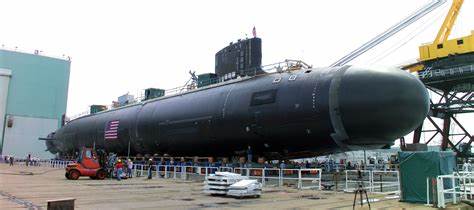
The United States Navy encounters sharp criticism as it navigates a contentious modernization trajectory that phases out established assets such as the Los Angeles-class submarines in favor of untested, expensive alternatives.

This path lies at the intersection of military progress and strategic necessity.
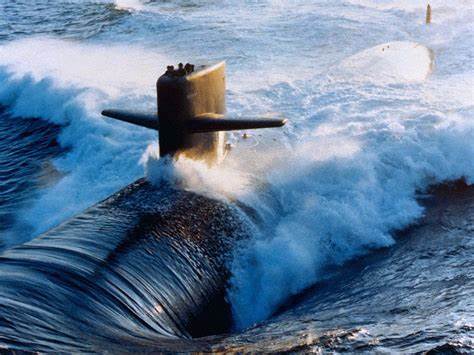
With an imposing $1 trillion defense budget, the Navy’s decision to phase out these venerable underwater workhorses arises as a heated debate.

The Los Angeles-class subs, a backbone of America’s undersea force, have been vital in countering anti-access/area denial (A2/AD) threats—strategies employed by adversaries to prevent U.S. military access to strategic regions.
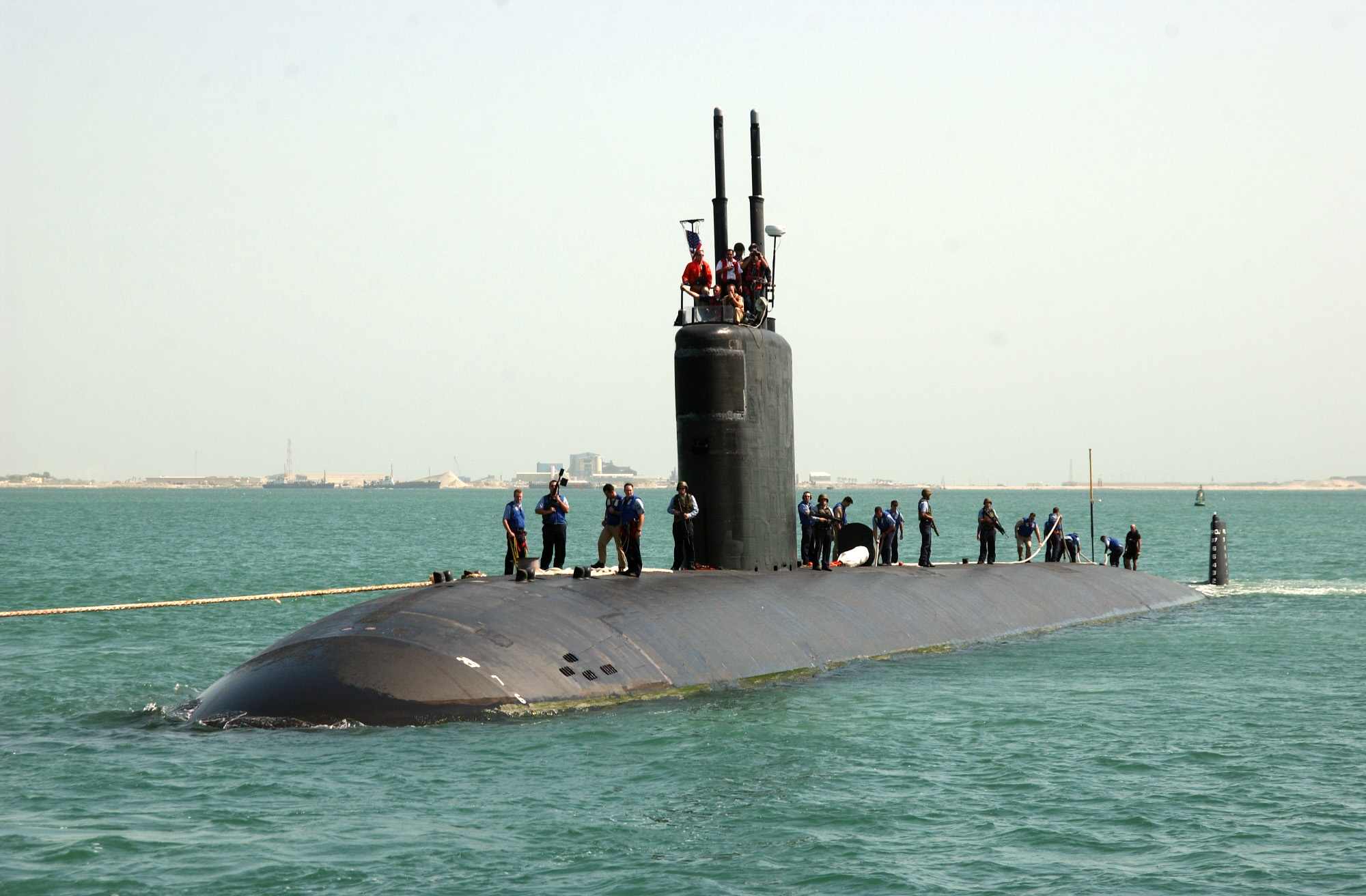
Critics argue that decommissioning these submarines in favor of next-generation models creates a risky capability gap, as the new tech, including the F-35 and upcoming submarines, may not be battle-ready until 2045.
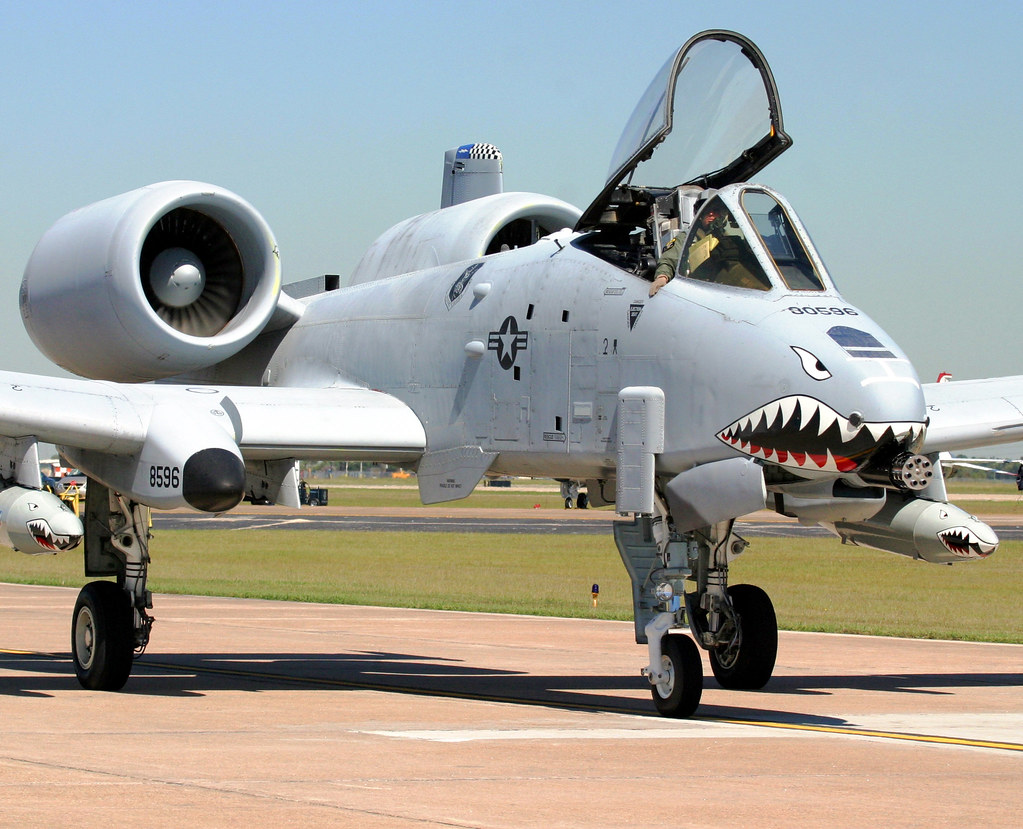
The enduring worth of the A-10 Warthog, described as “a flying artillery piece,” is also under scrutiny.
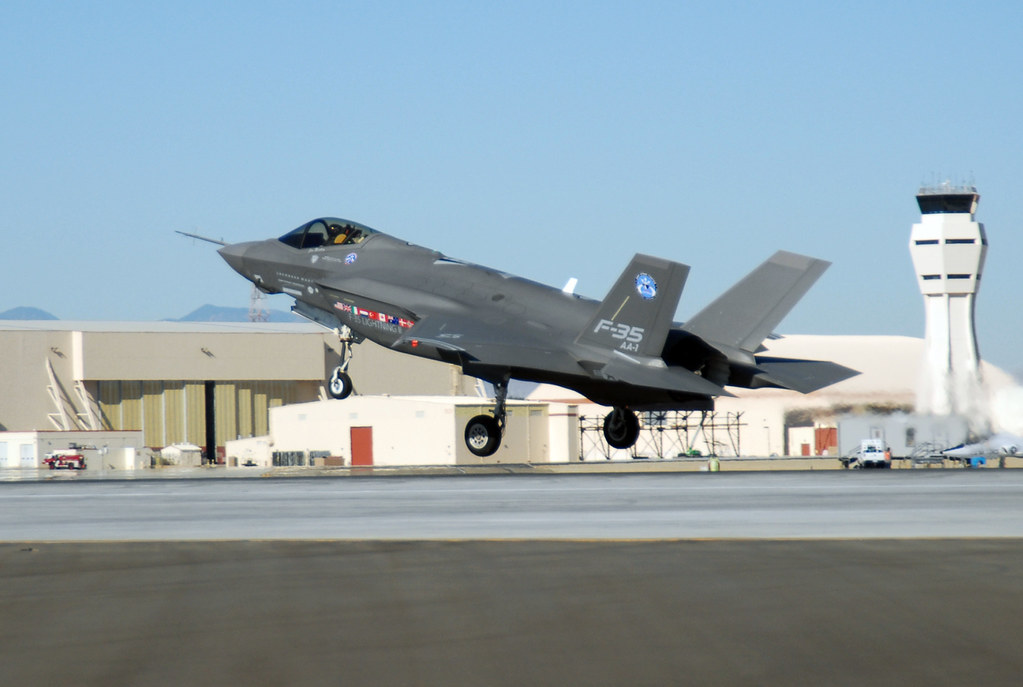
Its potential retirement for F-35 jets—less adept at close air support—mirrors the broader trend of prioritizing expensive, high-tech systems over practical, tested assets.

The A-10’s robustness and cost-effectiveness only underscore the questionable shift in defense strategy.

Turning to the seas, the Navy’s current investment in aircraft carriers is challenged by A2/AD technologies that potentially render carriers less effective.
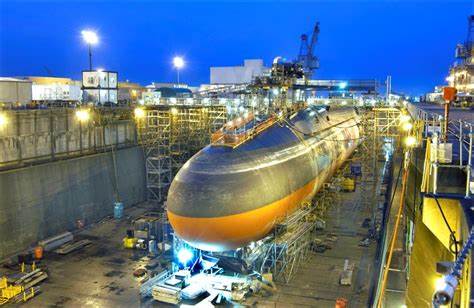
The push to build a new submarine fleet faces financial and industrial constraints, threatening to create a vacuum where the undetectable, missile-carrying power of subs is crucial for power projection in contested waters.
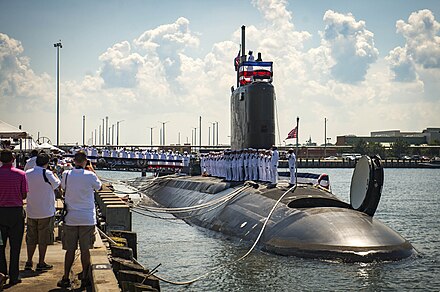
The Los Angeles-class’s strategic importance cannot be overstated, yet the decision to retire them could leave the U.S. vulnerable during the pivotal near-term years leading up to 2027.
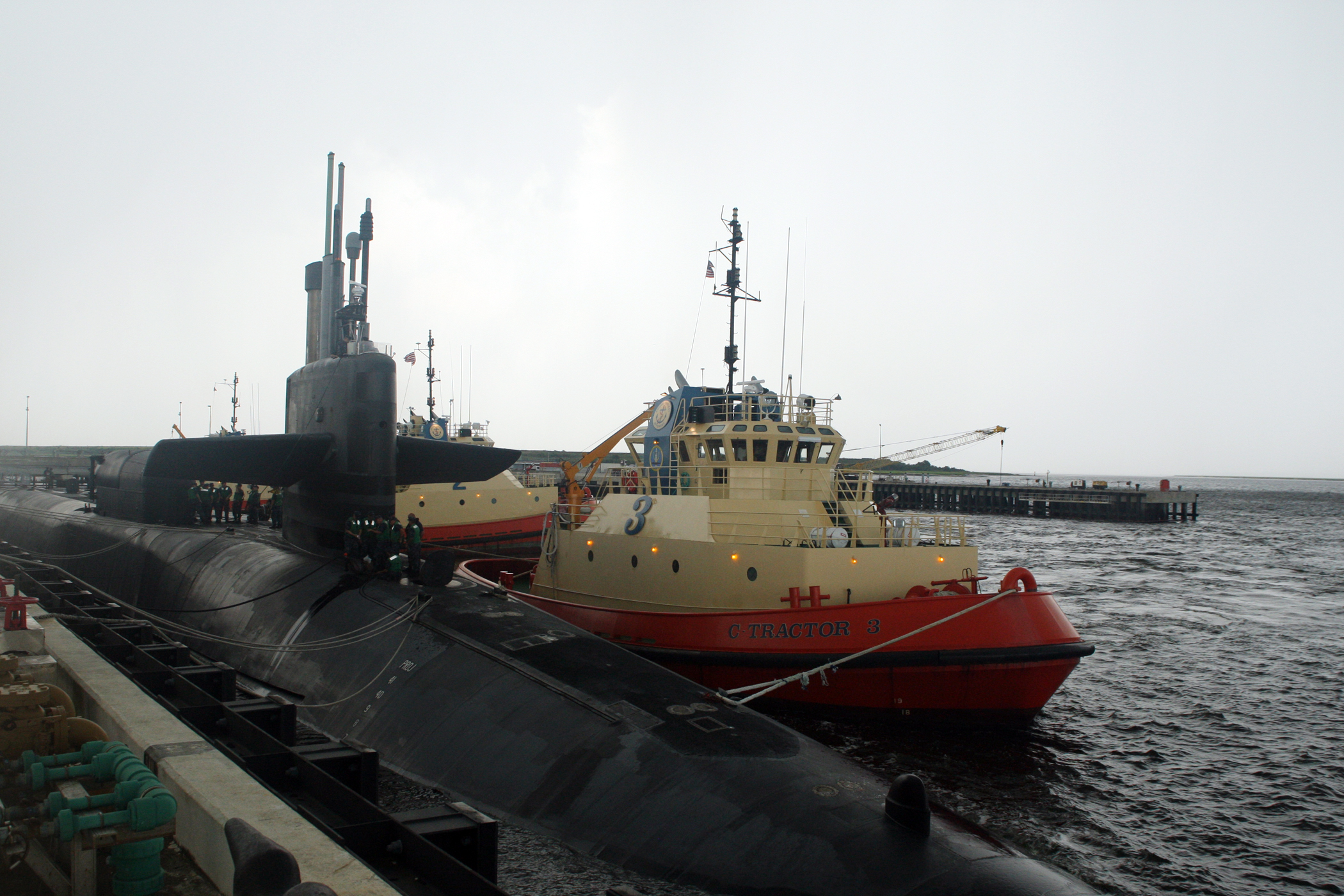
The Navy’s SSBNs, often dubbed “boomers,” epitomize the silent might of American force. Each Ohio-class submarine, designed for stealthy, precise nuclear strikes, fortifies the nation’s second-strike capability.
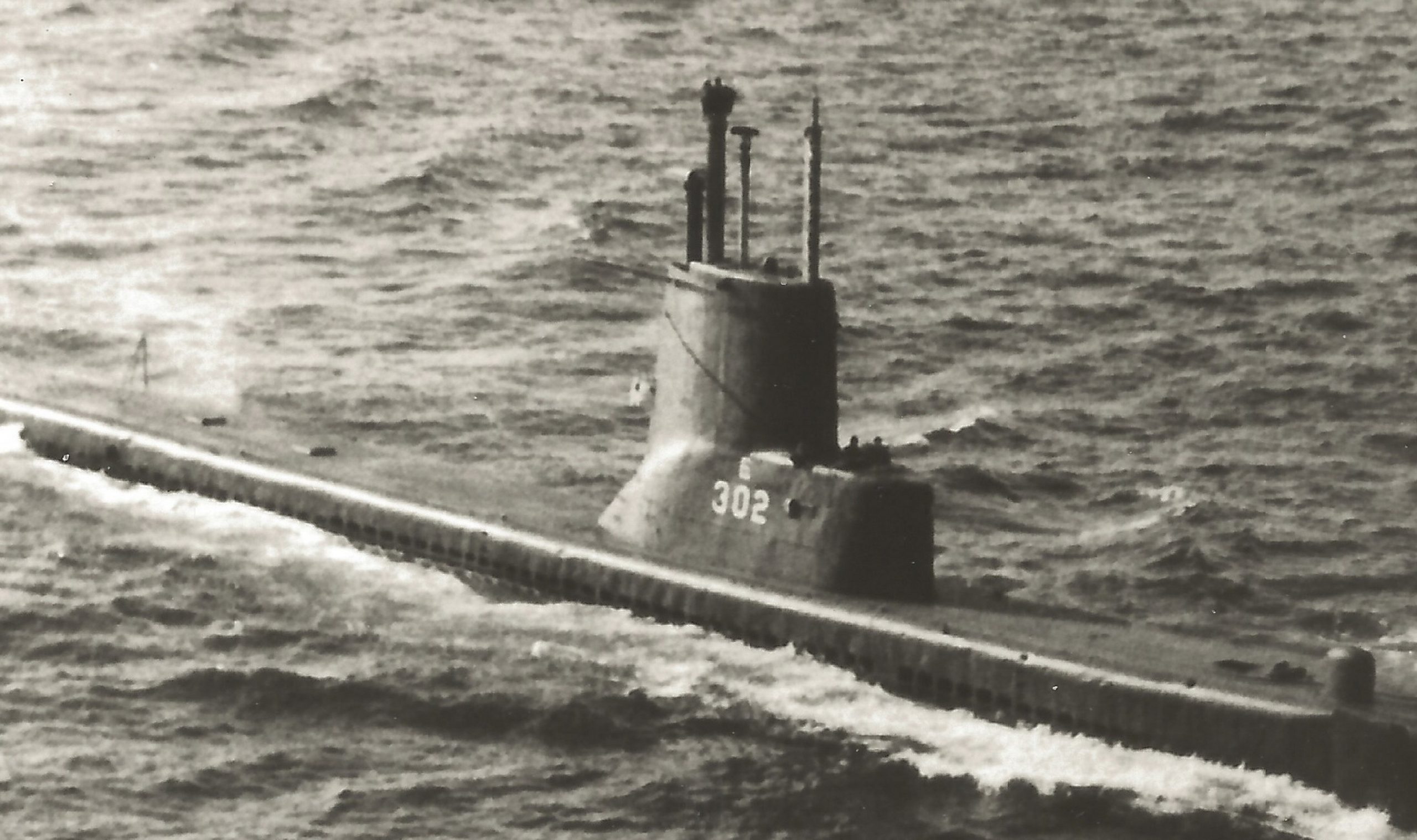
The operational efficacy of these vessels, as highlighted by the U.S. Navy Fact File, is a testament to the strategic value of submarine forces in national defense.
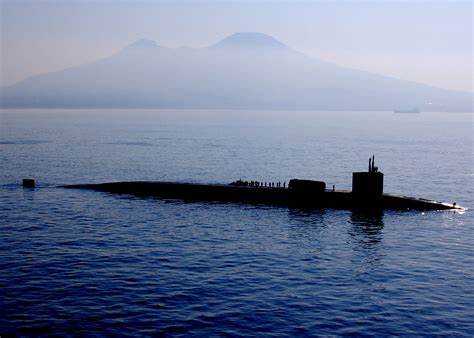
This looming window of vulnerability signals a call to action: to re-evaluate the decommissioning of the Los Angeles-class subs and ensure that the fleet’s strength is not prematurely diminished.
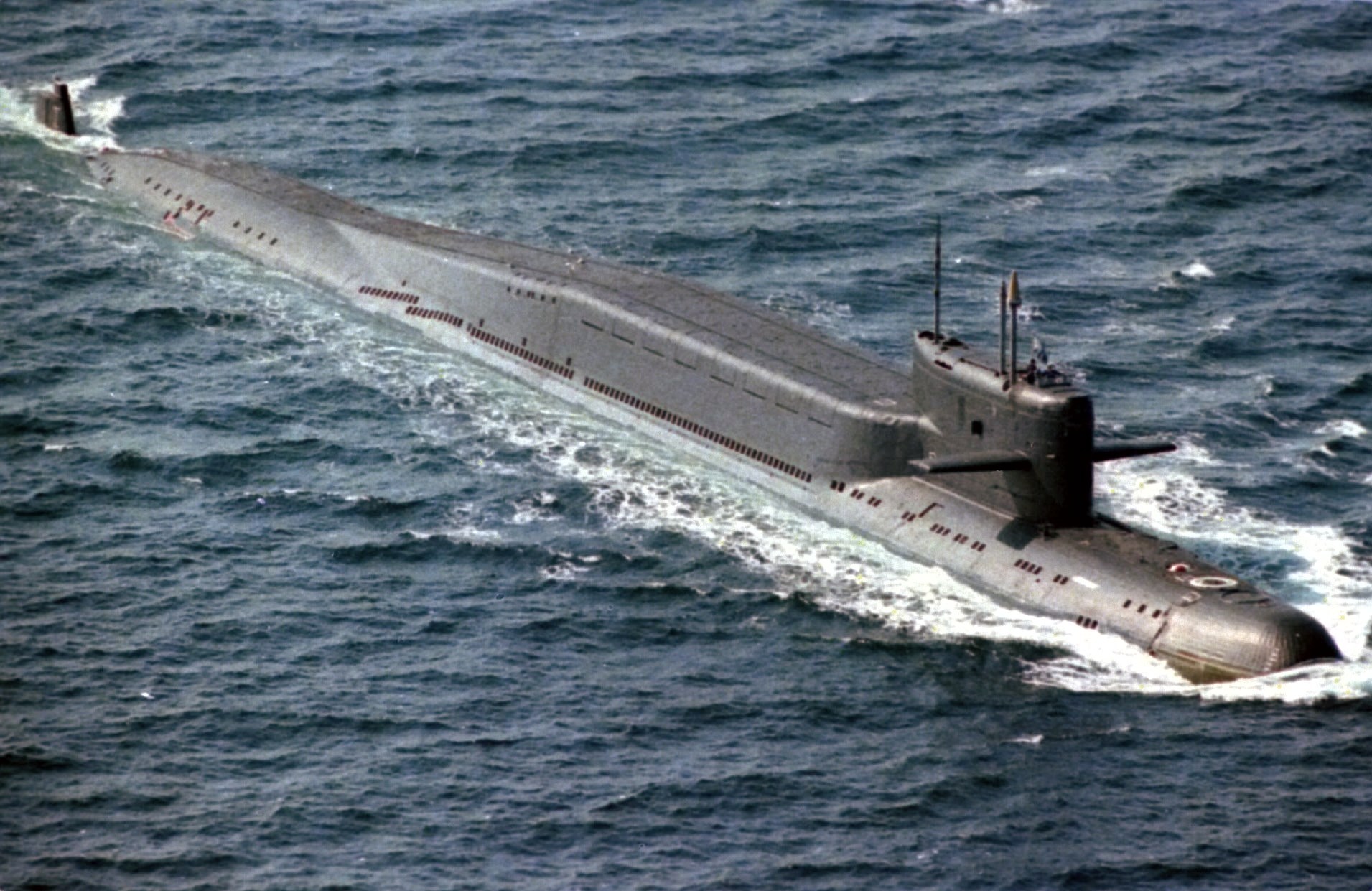
These critical years demand vigilance and a readiness to meet emergent threats with proven capabilities, to forestall potential disaster and safeguard a future where American undersea prowess remains unchallenged.
Relevant articles:
– The U.S. Navy’s Los Angeles-Class Submarine Nightmare Is Chilling, The National Interest
– Commander, Submarine Force, U.S. Pacific Fleet, Commander, Submarine Force, U.S. Pacific Fleet (.mil)
